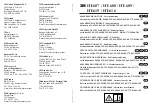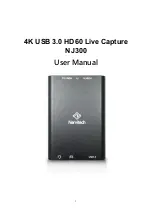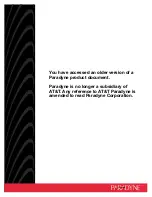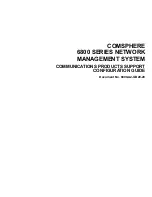
4
Installation and commissioning
Rain/Wind Sensor KNX RW
• Date of issue: 05.11.2010 • Technical changes reserved. Errors reserved.
If damaged, the device must not be put into operation.
If an operation without risk may supposedly not be guaranteed, the device must be put
out of operation and be secured against accidental operation.
The device must only be operated as stationary system, i.e. only in a fitted state and
after completion of all installation and start-up works, and only in the environment in-
tended for this purpose.
Elsner Elektronik does not assume any liability for changes in standards after publica-
tion of this instruction manual.
2.2. Location
Select an assembly location at the building where precipitation and wind may be coll-
ected by the sensors unobstructedly. Do not assemble any construction components
above the sensor from where water may drop on to the rain and wind sensor after it
has stopped raining or snowing. At least 60 cm of free space must be left beneath the
device to enable correct wind measurement and prevent snowing in when there is
snow.
Fig. 1
The rain/wind sensor must be mounted onto
a vertical wall (or pole).
Wall
or
pole
Fig. 2
The rain/wind sensor must be mounted hori-
zontally in the lateral direction.
Horizontal




























